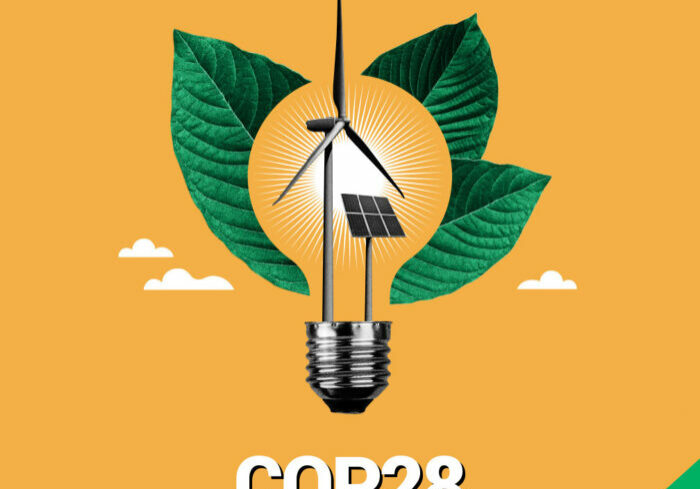US to lead nuclear industry’s COP28 mission

Aside from the purely bad optics of the next global climate crisis conference being held in a major fossil fuel producing nation, John Kerry, former US Senator, Secretary of State and still Special Presidential Climate Envoy to the 28th Conference of Parties (COP28) in Dubai will be lobbying to triple the world’s installed generating capacity of nuclear power by 2050. Kerry is to be joined by the United Kingdom, France, Sweden, Finland and South Korea in a declaration to the World Bank and major global financial institutions that they add unpredictably expensive nuclear power plant construction to their lending practices.
Kerry’s will be asking the World Bank to reverse its lending policy on nuclear power for the past 64 years. The first and last time the Bank approved any financing for the controversial energy source was in 1959 with a $40 million loan for Italy’s first nuclear power project (60% of the total construction cost) on the river Garigliano. The General Electric 160-megawatt electric Garigliano nuclear power station was a first-generation boiling water reactor that operated from 1964 to 1978 when safety-related steam generator degradation forced its permanent shutdown and eventual decommissioning starting in 1999. The decommissioning of Garigliano was estimated to take 27 years and after 24 years is still ongoing. The cost of completion of decommissioning for the small reactor, without a watt of benefit, has been estimated at $432 million and far more than its construction cost.
The Bank as well as other multilateral development banks are, at best, skeptical of financing nuclear power anywhere in the world given, by and large, the demonstrated failure of the industry to deliver on projected cost-of-completion or anywhere near their estimated time-to-completion of construction. A decade ago, recognizing the need to expand the developing world’s population accessibility to clean, safe and affordable electricity, the Bank openly declared “We don’t do nuclear energy.” World Bank President Jim Yong Kim said in November 2013 continued, “The World Bank Group does not engage in providing support for nuclear power. We think that this is an extremely difficult conversation that every country is continuing to have.” The nuclear industry’s failed economics and the near total collapse of the construction of its “nuclear renaissance” has only reinforced the dubious outcome from resurrecting the controversy.
Instead, as most recently 2023, the World Bank announced that it is investing $1.5 billion in energy efficiency and renewable energy development in India to include financing India’s generation of “green” hydrogen generation with solar power. And in South Africa, the Bank launched The Eskom Just Energy Transition Project (EJETP) with a $497 million project approved in November 2022 “to decommission the 56-year-old Komati coal-fired power plant, repurpose the project area with renewable energy and batteries, and create opportunities for workers and communities.”
As for other major lending institutions, despite the European Union (EU) decision in 2022 to politically label and market nuclear power as “clean, green and sustainable energy”, there is first and foremost the bad economics that remain extremely sensitive and still sharply divided amongst EU nations. To date, none of the EU’s major banks have yet buy onto “greenwashing” dirty, dangerous and extremely risky nuclear power investments.
John Kerry’s special mission as the top salesman for the nuclear industry is not only misguided but poses a serious threat to timely and effective climate abatement by diverting strategic investments from least cost, rapidly deployable renewables, conservation and energy efficiency that can reliably provide more global carbon reduction per monetary unit of investment.
Support Beyond Nuclear
Help to ensure a safer, greener and more just world for all

